Guaranteed Delivery
by Mother’s Day
on orders placed through May 2
Guaranteed Delivery by Mother’s Day
on orders placed through May 2
on orders placed through May 2
on orders placed through May 2
SAVE 15% OFF your order
(Use code LOVE)
FREE SHIPPING when you spend $100 (Continental US Only)
FREE 9″ Beech Bowl when you spend $150 (Use code SPRING)
SAVE 15% on all orders (Use code LOVE)
FREE SHIPPING when you spend $100 (Continental US Only)
FREE 9″ Beech Bowl when you spend $150 (Use code SPRING)
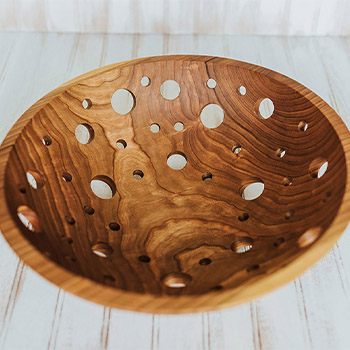
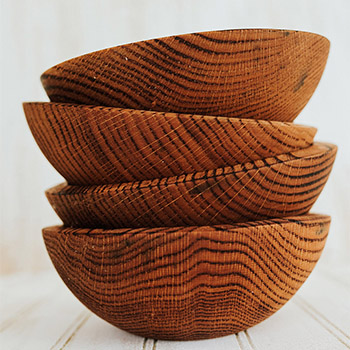
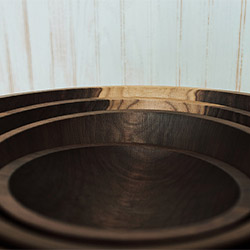
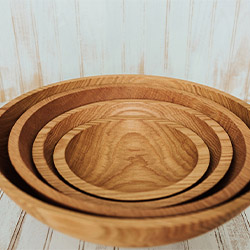
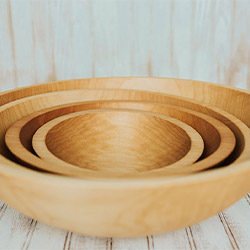
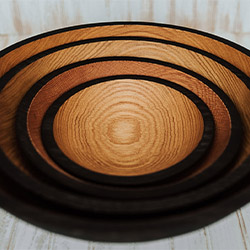
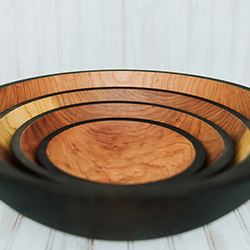
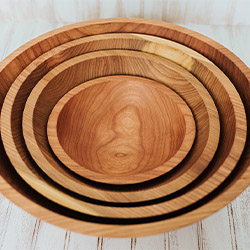
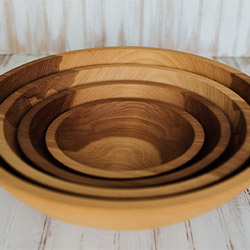
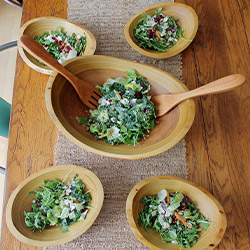

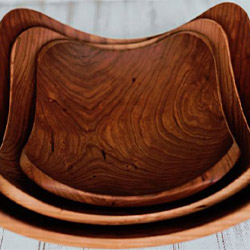
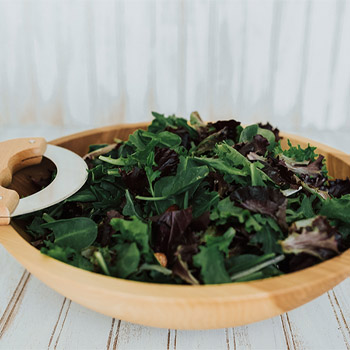

Share
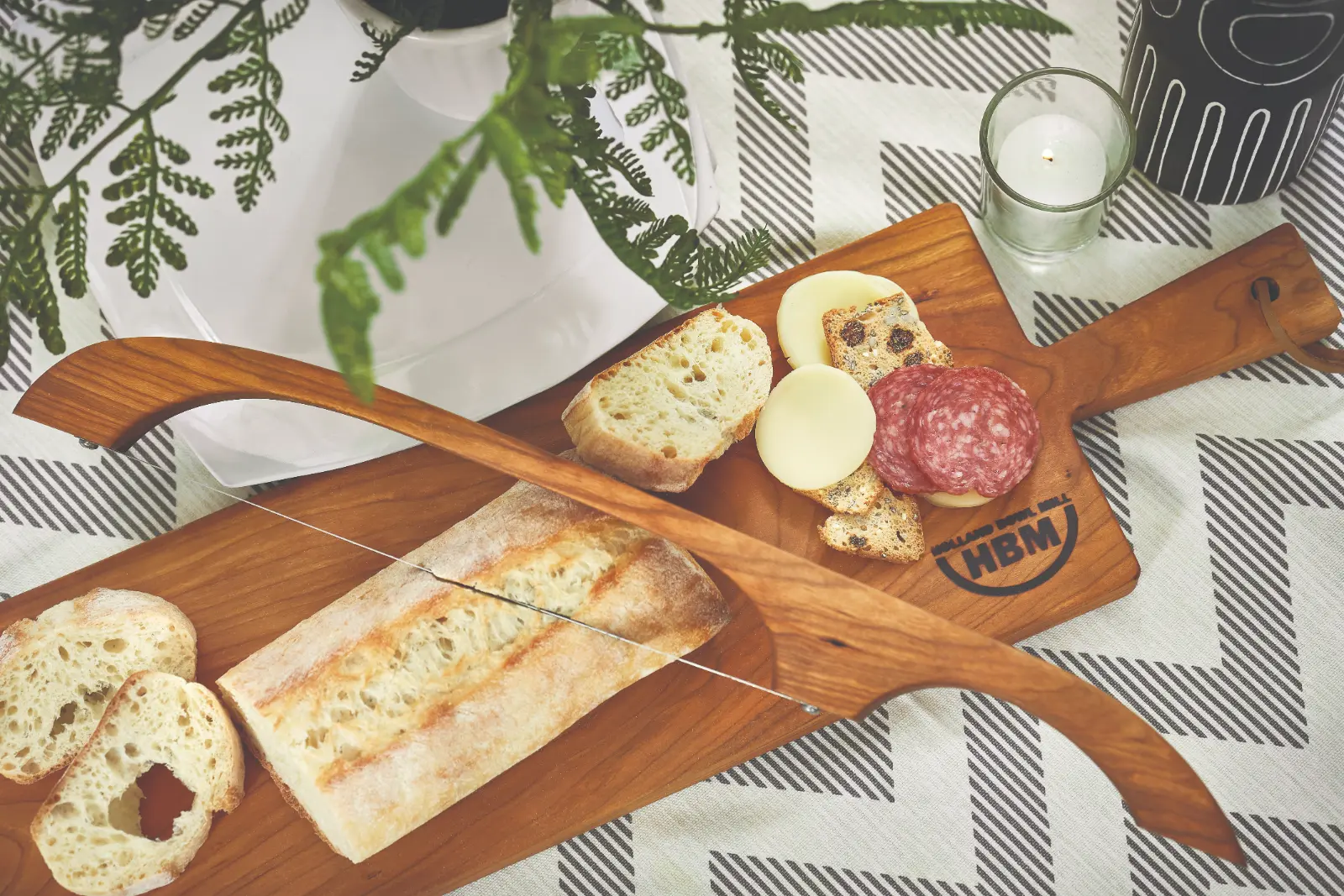
You might be hesitant to use wood finishes on food-related products, fearing that they could potentially be harmful if ingested.
However, there are several safe wood finishes that are specifically designed for food-related items, providing both protection and peace of mind.
From natural oils to food-safe polyurethane, there are numerous options to consider. Each type of finish has its own unique properties and benefits, so it’s important to choose the one that best suits your specific needs.
By selecting the right wood finish, you can ensure that your food-related products are not only beautiful but also safe for use.
Natural oils are commonly used as wood finishes for food-related products due to their natural properties and ability to enhance the grain and color of the wood. When it comes to maintenance, natural oil finishes require periodic reapplication to maintain their protective qualities. It’s recommended to reapply the oil finish every few months or more frequently for heavily used items. Before reapplying, ensure the wood surface is clean and dry to allow the oil to penetrate evenly.
In addition to their primary use as wood finishes, natural oils have alternative uses in woodworking. They can also be used as a standalone finish for wooden kitchen utensils, cutting boards, and even wooden countertops. When using natural oils for these purposes, it’s important to follow the same maintenance tips to ensure the wood remains protected and nourished.
For maintenance, it’s essential to clean the wood surface with a damp cloth and mild soap, if necessary, and then allow it to dry completely. Once dry, apply a thin and even coat of the natural oil using a clean cloth or brush, making sure to cover the entire surface. Allow the oil to penetrate for a few minutes, then wipe off any excess. Let the wood dry completely before using the item.
Beeswax is a natural and food-safe wood finish that’s easy to apply and provides excellent protection for food-related products.
It not only enhances the natural beauty of wood by bringing out the grain but also creates a smooth, durable surface.
When applied correctly, beeswax forms a protective barrier that helps repel moisture and prevents the growth of bacteria, making it an ideal choice for food-related items.
When considering wood finishes for food-related products, it’s important to explore the natural and food-safe option of beeswax, a material that has been utilized for its protective and nourishing properties in woodworking.
Beeswax offers several advantages as a wood finish:
Consider beeswax as a natural and food-safe choice for finishing wood products intended for food-related use.
Consider applying beeswax as a wood finish due to its user-friendly application process and maintenance requirements, making it a convenient option for woodworkers. Beeswax offers quick application and provides durable protection for your wooden products. It creates a smooth finish that not only enhances the natural beauty of the wood but also makes maintenance easy. Here’s a comparison to highlight the benefits:
| Beeswax Finish | Traditional Varnish | Oil Finish |
|---|---|---|
| Quick Application | Time-consuming | Moderate |
| Durable Protection | Yes | Yes |
| Smooth Finish | Yes | Yes |
| Easy Maintenance | Yes | No |
As shown in the table, beeswax stands out with its quick application, durable protection, smooth finish, and easy maintenance, making it an excellent choice for woodworkers looking for a hassle-free wood finishing option.
Enhancing the wood grain with beeswax involves a meticulous application process that brings out the natural beauty and character of the wood, creating a visually appealing finish. When applying beeswax to enhance wood grain, consider the following techniques and tips:
These wood finishing techniques and polishing methods will help you achieve a beautifully enhanced wood grain while ensuring proper wood care and maintenance.
Shellac is a natural resin secreted by the female lac bug and is commonly used as a wood finish for food-related products due to its non-toxic properties and ability to provide a durable and glossy coating. When it comes to shellac application, it’s essential to ensure that the wood surface is clean and free of any previous finishes. Shellac can be applied using a brush, pad, or spray, and it dries quickly, allowing for multiple coats to be applied in a relatively short period.
One of the primary reasons shellac is favored for food-related products is its safety. Shellac is considered safe for use on wooden surfaces that come into contact with food. It forms a hard and protective coating that’s resistant to both acidic and alkaline substances, making it ideal for kitchenware and utensils. However, while shellac is generally non-toxic, it’s essential to use food-grade shellac to ensure that it’s safe for food-related items.
Despite its many benefits, there are some shellac safety concerns to be aware of. One issue is its susceptibility to alcohol, which can dissolve shellac. Therefore, it isn’t suitable for surfaces that will come into contact with alcohol-containing substances. Additionally, shellac may not withstand high heat, so it isn’t recommended for items that will be exposed to extreme temperatures.
When considering alternative wood finishes for food-related products, it’s important to assess the properties of Carnauba Wax, a natural wax derived from the leaves of the Copernicia prunifera palm, as it offers distinct characteristics for food-safe applications. Carnauba wax is renowned for its hardness and high melting point, making it an excellent choice for food-grade finishes. Here are some key points to consider:
Mineral oil is commonly used as a wood finish for food-related products due to its inert nature and ability to provide a protective barrier against moisture and food particles. When choosing mineral oil as a wood finish, it’s essential to ensure that it has a food-grade certification, indicating that it’s safe for use on surfaces that come into contact with food. Food grade certification ensures that the mineral oil has been tested and approved for its safety in food preparation areas.
In addition to its safety for food-related products, mineral oil offers excellent wood conditioning properties. It penetrates the wood surface, helping to prevent it from drying out and cracking. This conditioning aspect is particularly beneficial for wooden products that come into contact with food, as it helps maintain the integrity of the wood over time. Furthermore, mineral oil can enhance the natural colors and grain patterns of the wood, providing an aesthetically pleasing finish for food-related items such as cutting boards, utensils, and serving platters.
When it comes to wood finishes for food-related products, Tung oil offers several benefits that make it a popular choice.
You’ll want to explore its natural water resistance, ability to enhance the wood’s natural grain, and its food-safe properties.
Additionally, understanding the proper application techniques and safety considerations when working with Tung oil is crucial for achieving the desired finish and ensuring the product’s suitability for food-related use.
Tung oil, renowned for its durability and water resistance, offers a natural and non-toxic wood finish suitable for food-related products. When considering tung oil for your wood finishes, you can expect the following benefits:
Compared to other natural finishes, tung oil stands out for its exceptional durability and water resistance, making it an excellent choice for food-related items.
To achieve optimal results when applying tung oil as a wood finish for food-related products, it’s essential to utilize proper techniques that ensure thorough coverage and penetration into the wood’s surface.
When considering application methods, you must weigh the benefits of using a brush versus a spray. A brush allows for more control and precision, ensuring that the oil penetrates deeply into the wood. On the other hand, a spray can provide a more even and consistent coverage, especially on larger surfaces.
Additionally, in the realm of traditional versus modern application techniques, traditional hand-rubbing methods offer a personal touch and can result in a more authentic finish. However, modern techniques such as power buffing may offer increased efficiency and speed without compromising the quality of the application.
Ultimately, the choice of application technique depends on the specific requirements of the woodwork project.
As you shift your focus to safety considerations when working with tung oil as a wood finish for food-related products, it’s crucial to address potential hazards and protective measures to ensure the well-being of both the user and the end consumer. When using tung oil, it’s essential to prioritize safety by considering the following:
When choosing a wood finish for food-related products, it is essential to consider the use of a food-safe polyurethane to ensure the safety and durability of the final product. Food-safe polyurethane provides a protective coating that is resistant to water, alcohol, and other common kitchen solvents. It forms a hard, durable finish that enhances the natural beauty of the wood while providing a smooth, easy-to-clean surface for food-related items such as cutting boards, wooden utensils, and countertops.
| Benefits of Food-Safe Polyurethane | |
|---|---|
| 1. Provides a protective coating | |
| 2. Enhances the natural beauty of the wood | |
| 3. Easy to clean and maintain |
Polyurethane application is crucial for ensuring the safety of food-related products. When applying food-safe polyurethane, it is important to follow the manufacturer’s instructions carefully. Ensure the area is well-ventilated and apply thin, even coats to achieve the best results. Once applied, regular maintenance is essential to prolong the life of the finish. To maintain the food-safe polyurethane finish, simply clean the surface with mild soap and water, avoiding harsh chemicals that can degrade the finish over time. Additionally, periodic reapplication may be necessary to maintain the protective qualities of the finish.
When selecting wood finishes for food-related products, it’s important to choose safe and non-toxic options.
Natural oils, beeswax, shellac, carnauba wax, mineral oil, tung oil, and food-safe polyurethane are all suitable choices. These finishes provide a protective layer while ensuring the safety of the food and the individuals consuming it.
Consider the specific requirements of the product and its use, and select the most appropriate wood finish accordingly.
All Holland Bowl Mill bowls come with a lifetime guarantee. If your bowl ever cracks or warps from regular use, Holland Bowl Mill will replace it with a new one of similar size and finish. Never let water stand in a wood bowl for a long period of time and never clean wood bowls or any wood product in the dishwasher. Holland Bowl Mill recommends using water and a small amount of mild soap to clean your wood products, then hand dry.
No appointment needed if group is under 10.
For larger groups, call 616-396-6513 to schedule your tour.
© 2023 Holland Bowl Mill